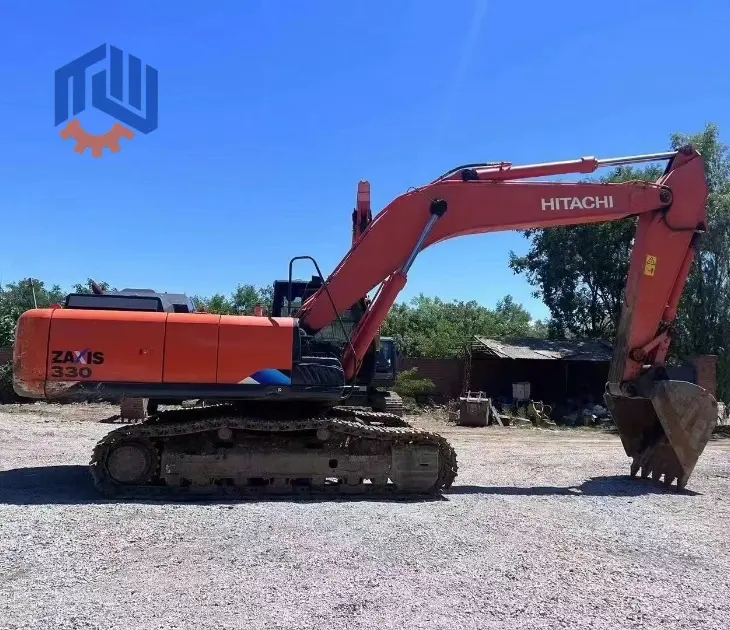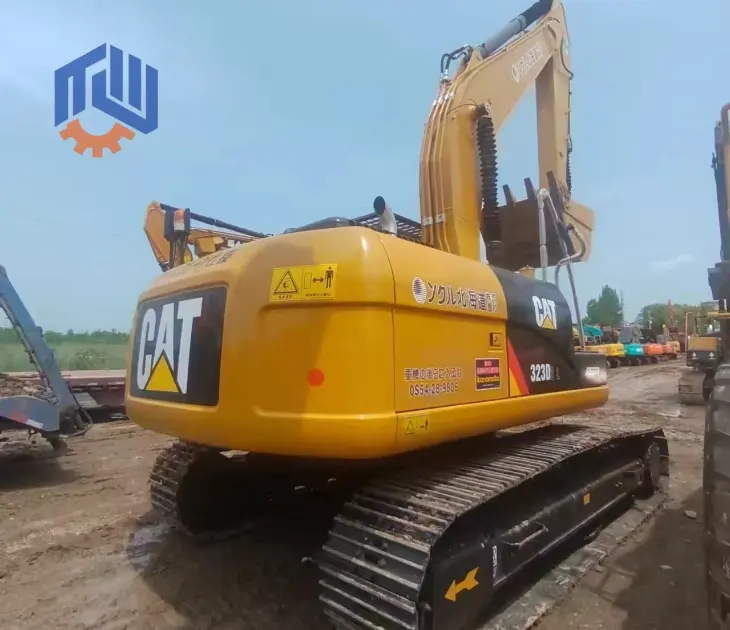Buyers must read: How to evaluate the true value of a used excavator
Release time: 2025-04-24
When purchasing a second-hand excavator, evaluating its true value is crucial. An incorrect judgment can lead to frequent repairs or high maintenance costs down the road. Below are key steps and checklists to help you accurately assess the real value of a used excavator.
1. Check the Working Hours
The working hours are an important criterion when evaluating a used digger machine. Typically, the fewer the hours, the less wear and tear the machine has, and the longer its remaining service life.
Under 3000 hours: The equipment is relatively new and in better condition.
3000-5000 hours: The machine is in normal use and may require some maintenance or part replacements.
Over 5000 hours: The equipment may be close to its limits, and high repair and replacement costs may arise.
2. Inspect the Machine’s Exterior
By inspecting the exterior, you can get a sense of the machine’s overall condition. Pay attention to the following:
Frame and Body: Check for visible cracks, rust, or damage.
Tracks or Tires: The wear level of the tracks or tires directly affects the efficiency of the excavator. Excessively worn tracks or tires may result in higher replacement costs.
Bucket: Check the condition of the bucket, as excessive wear will affect digging performance.
3. Hydraulic System Check
The hydraulic system is a key component of the excavator, directly affecting its performance and reliability.
Check Hydraulic Oil: Ensure the hydraulic oil is clear and free from contaminants. If the oil is discolored or cloudy, it may indicate an issue with the hydraulic system.
Hydraulic Lines and Fittings: Check for oil leaks, cracks, or loose connections.
Operational Test: During a trial run, check the responsiveness and stability of the hydraulic system.
4. Engine and Transmission System
The condition of the engine determines the overall performance of the second-hand machinery. When starting the engine, pay attention to any abnormal noises, smoke, or difficulty starting. Check the following:
Engine Noise and Operation: The engine should run smoothly with no unusual noises.
Check Oil and Coolant: Ensure the oil is of normal color, and there’s adequate coolant.
Transmission System Check: Check if the transmission system operates smoothly without slippage or jerking.
5. Review Maintenance and Service Records
A good maintenance history helps you understand how well the machine has been cared for. You can request the following records:
Regular Maintenance Records: For instance, oil changes, filter replacements, and hydraulic oil changes.
Major Repair Records: If important components like the engine or hydraulic pump have been replaced, check the quality of the repair and related invoices.
6. Test the Machine
A test operation is the most direct method for assessment. By operating the machine, you can identify potential issues:
Smoothness of Operation: Check if there are any stuttering, abnormal noises, or unresponsiveness during operation.
Hydraulic Performance: Test the hydraulic system's responsiveness and stability under different operating conditions.
Digging Performance: Perform actual digging to test whether the machine has sufficient power and works smoothly.
7. Brand and Model
Different brands and models of excavators vary in terms of quality, technical support, and resale value. For instance, brands like Caterpillar, Hitachi, and Komatsu typically retain more value in the second-hand market and have a strong demand.
8. Check the Machine's Age
The production year of the excavator directly affects its technological standards and remaining service life. Newer models generally have more advanced technology, better environmental standards, and longer operational life.
When buying a second-hand excavator, a thorough inspection and evaluation are key to ensuring you purchase a cost-effective machine. By checking the working hours, hydraulic system, engine condition, exterior, and maintenance history, you can fully understand the machine’s health status and avoid buying a problematic unit. Additionally, by comparing market prices, brand, and model, you can ensure you're paying a reasonable price.


 />
/> />
/>